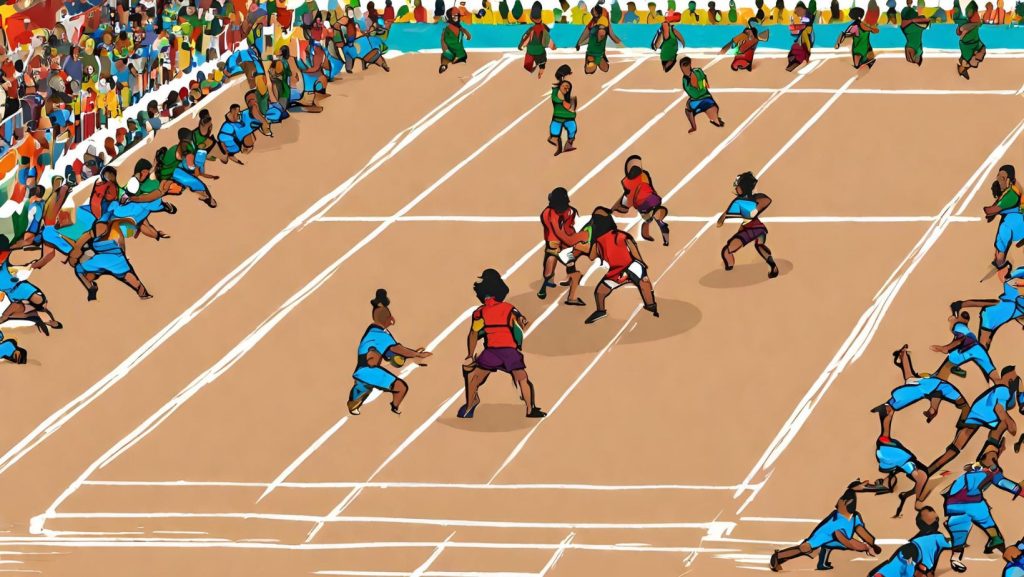
Kabaddi, a captivating team sport deeply rooted in India and South Asia’s ancient heritage, offers an accessible and thrilling experience. This guide will take you through the essentials of Kabaddi, from setting up the court to understanding advanced scoring rules.

With a solid understanding of Kabaddi’s fundamentals, you’re now prepared to step onto the court and immerse yourself in this exhilarating sport. Whether you’re engaging in friendly matches or pursuing professional play, Kabaddi promises endless excitement and challenges. Keep honing your skills, adhere to the rules, and, most importantly, relish the experience!
Your go-to source for everything sports-related. Join the conversation, stay informed, and celebrate the world of athletics with us!

Dugmates: We’re here to revolutionize the sports experience, connecting you to a world where passion and play know no limits. Join us and be part of the Gameolution!

Your go-to source for everything sports-related. Join the conversation, stay informed, and celebrate the world of athletics with us!

Dugmates: We’re here to revolutionize the sports experience, connecting you to a world where passion and play know no limits. Join us and be part of the Gameolution!
Your go-to source for everything sports-related. Join the conversation, stay informed, and celebrate the world of athletics with us!


Dugmates: We’re here to revolutionize the sports experience, connecting you to a world where passion and play know no limits. Join us and be part of the Gameolution!